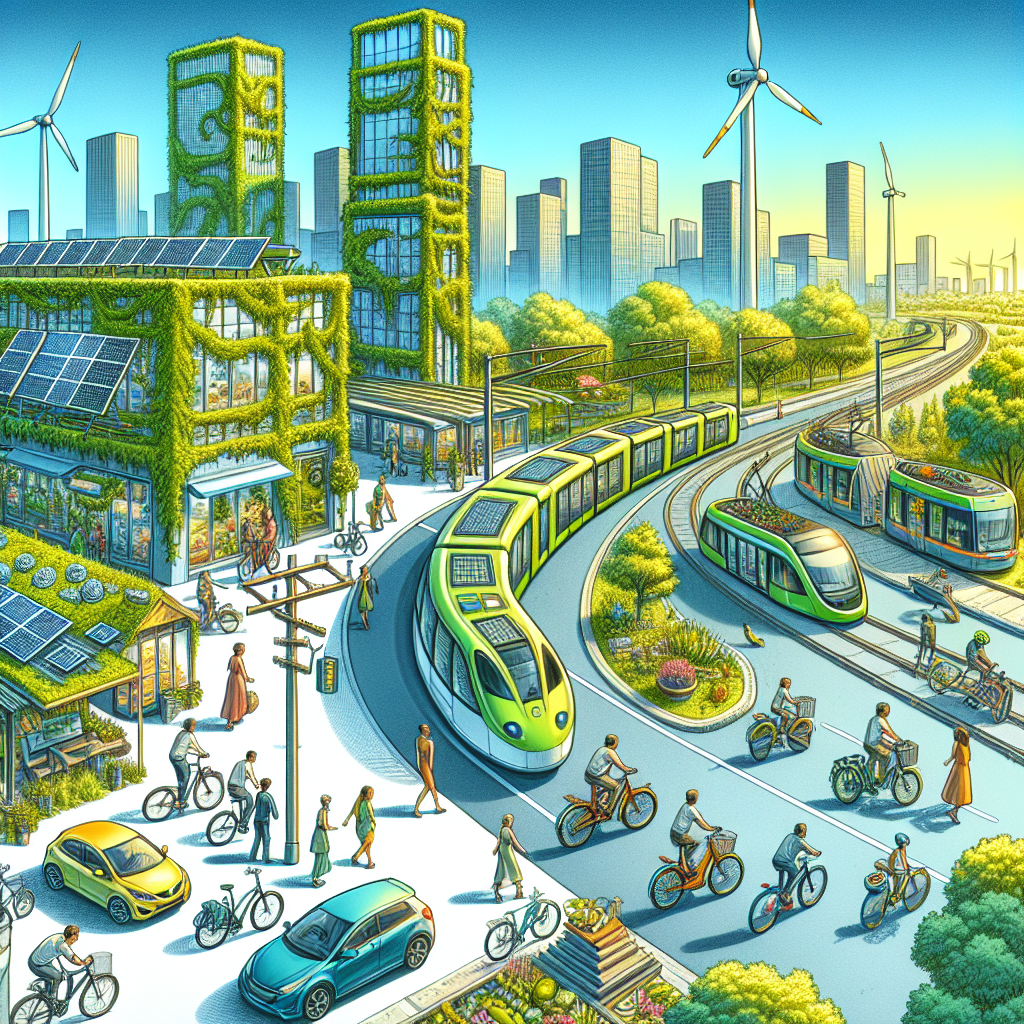In recent years, there has been a growing movement towards sustainable travel and eco-friendly transportation. As concerns about climate change continue to rise, more and more people are looking for ways to reduce their carbon footprint when it comes to getting from point A to point B. One of the key ways that this transition is being powered is through the use of renewable energy.
Renewable energy sources such as solar, wind, and hydro power are playing a crucial role in the shift towards green vehicles and eco mobility. These clean energy sources produce minimal greenhouse gas emissions and have a significantly lower impact on the environment compared to traditional fossil fuels. By harnessing the power of renewable energy, we can reduce our reliance on non-renewable resources like oil and coal, which are major contributors to air pollution and global warming.
One of the most exciting developments in eco-friendly transportation is the rise of electric vehicles (EVs). These vehicles run on electricity instead of gasoline or diesel, making them much cleaner and more sustainable options for getting around. And with advancements in battery technology and charging infrastructure, EVs are becoming increasingly practical for everyday use.
Renewable energy plays a key role in powering these electric vehicles. Charging stations powered by solar panels or wind turbines allow EV owners to recharge their cars using clean energy sources. This not only reduces emissions from transportation but also helps to support the growth of renewable energy infrastructure.
But it’s not just electric vehicles that are benefiting from renewable energy – other forms of eco-friendly transportation are also being powered by clean energy sources. For example, public transportation systems in many cities are transitioning to greener options such as hybrid buses or trains powered by electricity from renewables. By investing in sustainable modes of transport, cities can reduce traffic congestion, improve air quality, and create healthier urban environments for residents.
Cycling and walking are also important components of eco mobility. By promoting bike lanes, pedestrian-friendly streets, and shared mobility options like bike-sharing programs, cities can encourage more people to choose sustainable modes of transportation for short trips. And with the help of renewable energy for lighting and infrastructure maintenance, these active modes of travel become even more environmentally friendly.
The transition to eco-friendly transportation is not just a trend – it’s a necessity if we want to combat climate change and create a more sustainable future for generations to come. By embracing renewable energy as a power source for green vehicles and sustainable travel options, we can reduce our carbon footprint, protect our planet’s natural resources, and build healthier communities.
So whether you’re considering buying an electric vehicle or simply looking for ways to reduce your impact on the environment while traveling, remember that renewable energy is playing a vital role in powering the transition to eco-friendly transportation. Together, we can drive towards a cleaner, greener future for all.

Leave a Reply